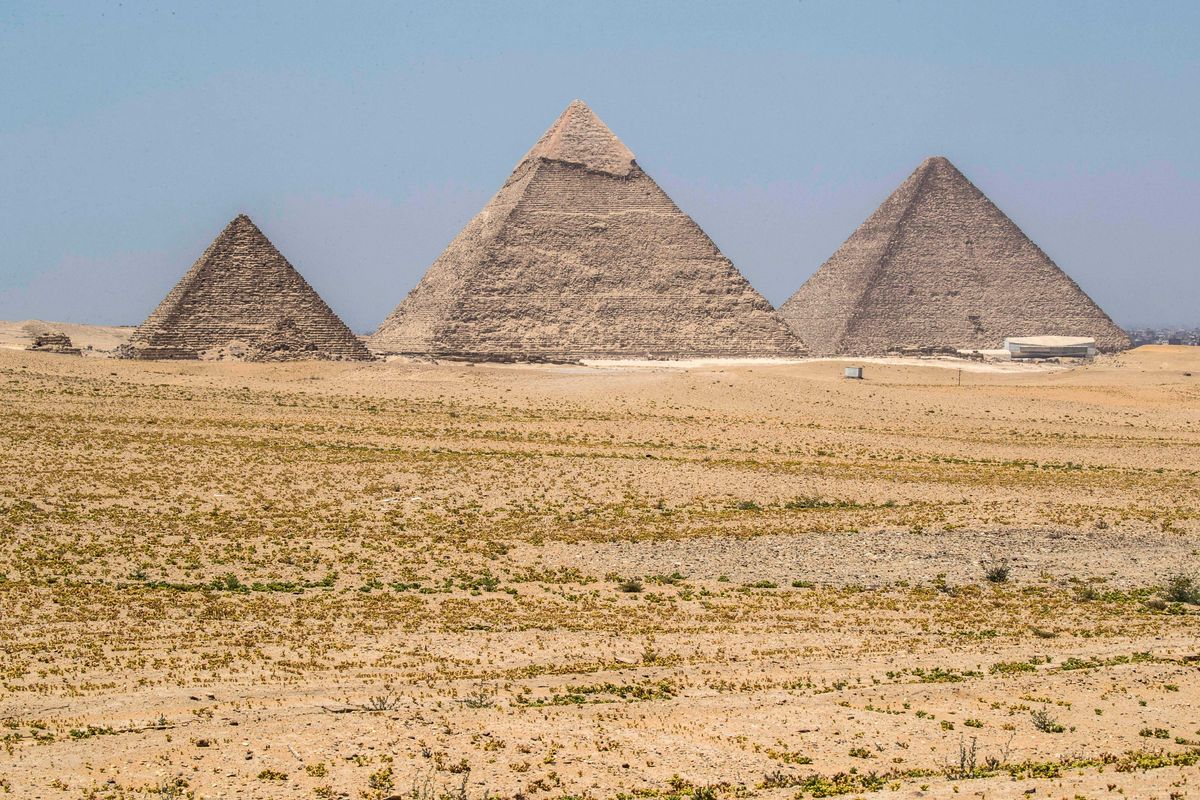Emily Beament
Aug 21, 2025
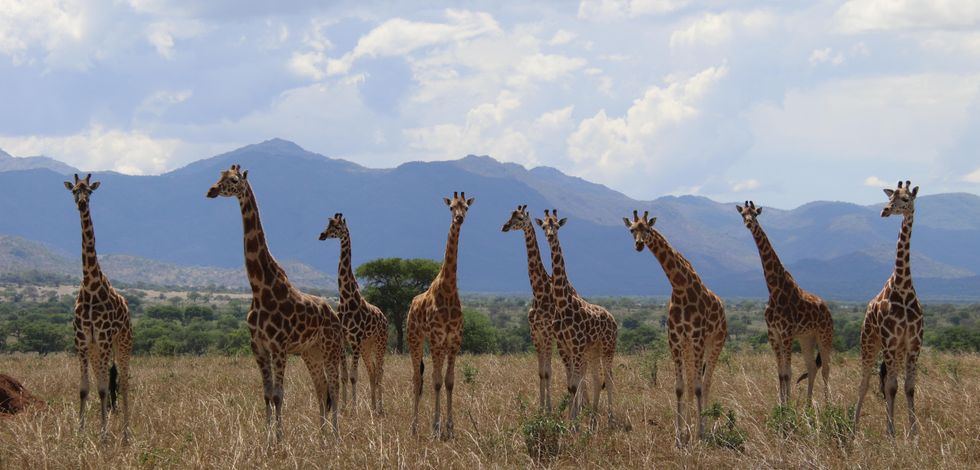
Giraffes in Uganda’s Kidepo Valley National Park (Michael Brown/PA)
A new assessment has concluded there are four distinct giraffe species, overturning the classification of the world’s tallest land mammal as a single species.
The review of giraffes was described as “vital” by scientists at the International Union for Conservation of Nature (IUCN) who conducted the work, to better assess their conservation status and target action to protect them.
Historically, giraffes have been classified as a single species with nine subspecies, but there has long been uncertainty over their taxonomy – the way in which plants, animals and microorganisms are named, described and classified.
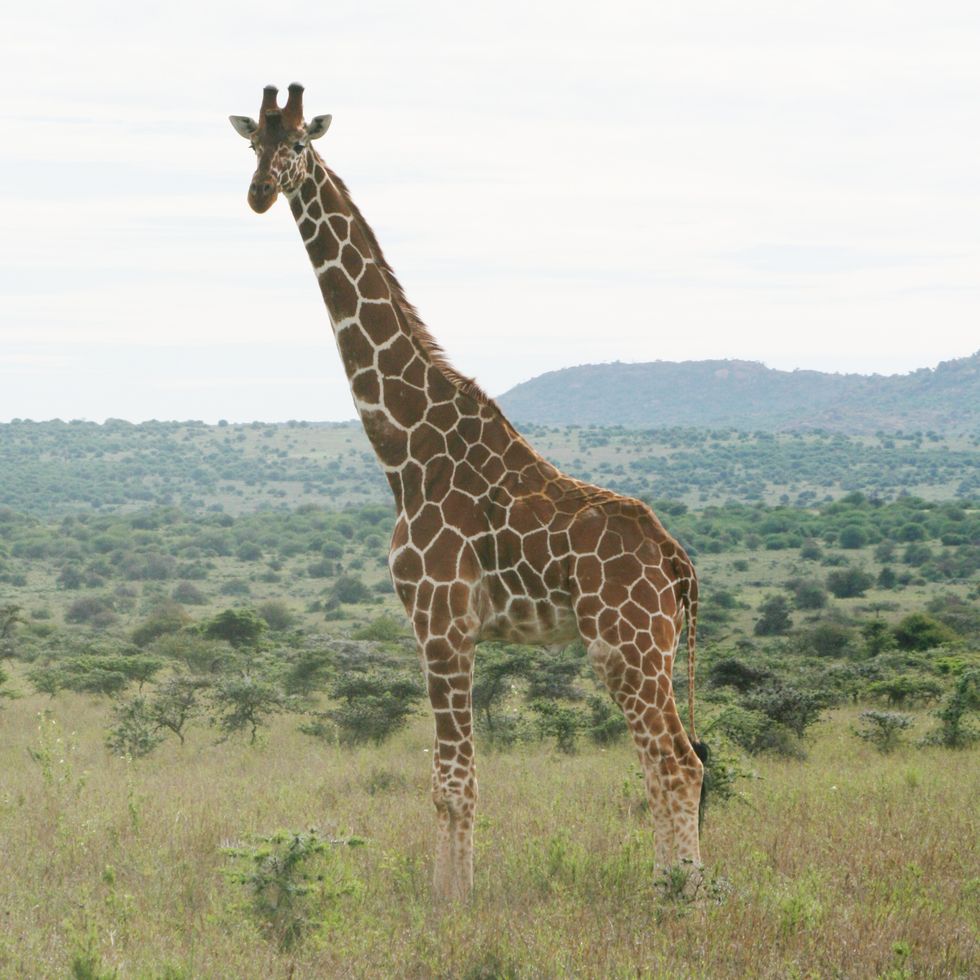
There is also an urgent need for better conservation planning for giraffes, which are assessed as “vulnerable” to extinction on the IUCN’s Red List of Threatened Species amid declining numbers, with several of the existing subspecies classified as endangered or even critically endangered.
A taxonomic review by an IUCN task force assessed genetic data, which showed DNA with large differences between several giraffe lineages, supporting the recognition of different species, the experts said.
The review also looked at notable differences such as skull structure and bone shape across regions and natural features such as a major rivers, rift valleys and desert areas in Africa that could have cut off giraffe populations from each other so they evolved into different species.
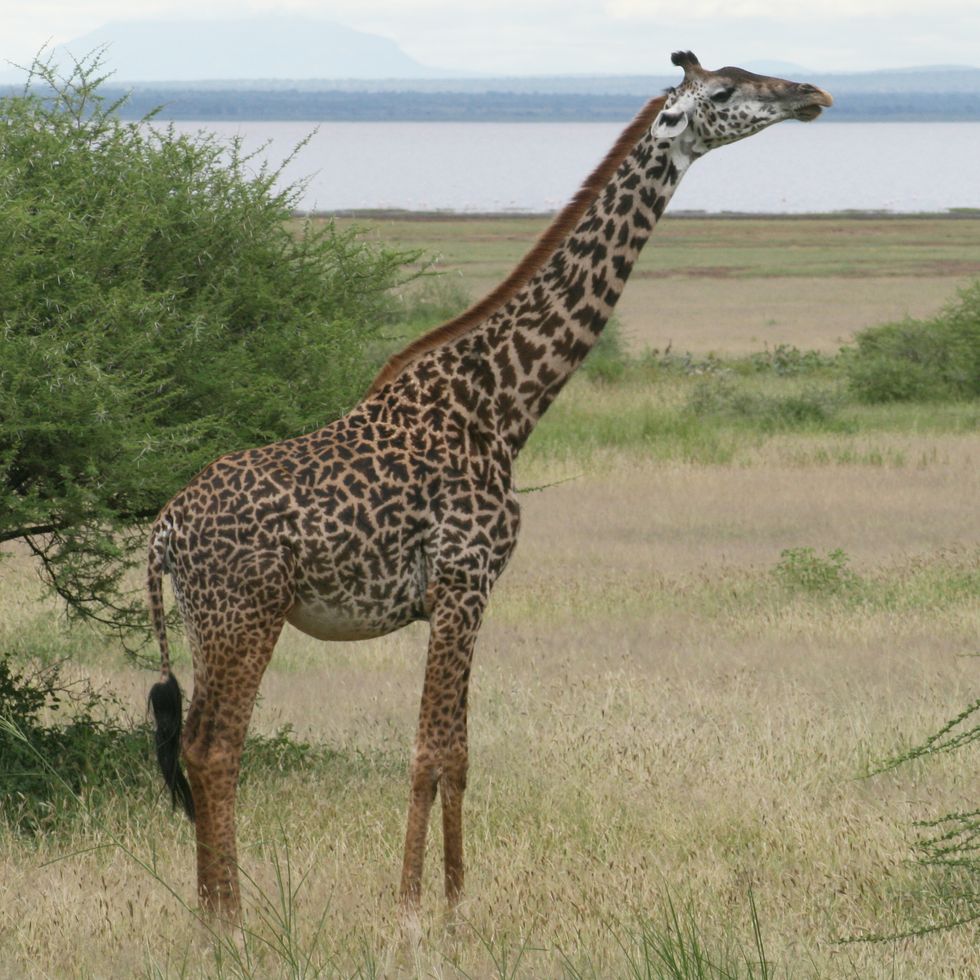
As a result of the assessment, four distinct giraffe species have been officially recognised, with several recognised subspecies.
Experts said it would lead to a more nuanced understanding of the conservation threats and opportunities they face in the diverse regions of Africa in which they live.
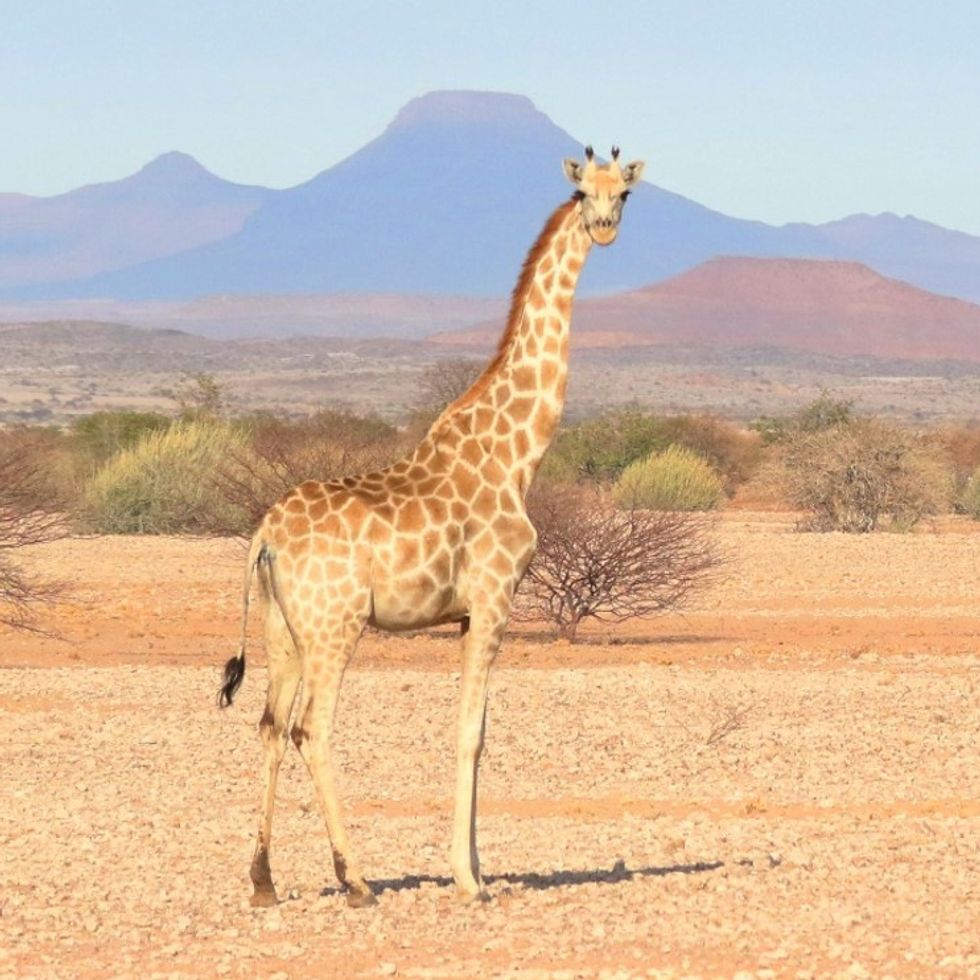
The IUCN’s Michael Brown, one of the co-authors of the assessment, said: “This landmark taxonomic revision by the IUCN giraffe and okapi specialist group reflects the best available science and provides a globally standardised framework to inform conservation.
“Recognising these four species is vital not only for accurate IUCN Red List assessments, targeted conservation action and co-ordinated management across national borders.
“The more precisely we understand giraffe taxonomy, the better equipped we are to assess their status and implement effective conservation strategies.”
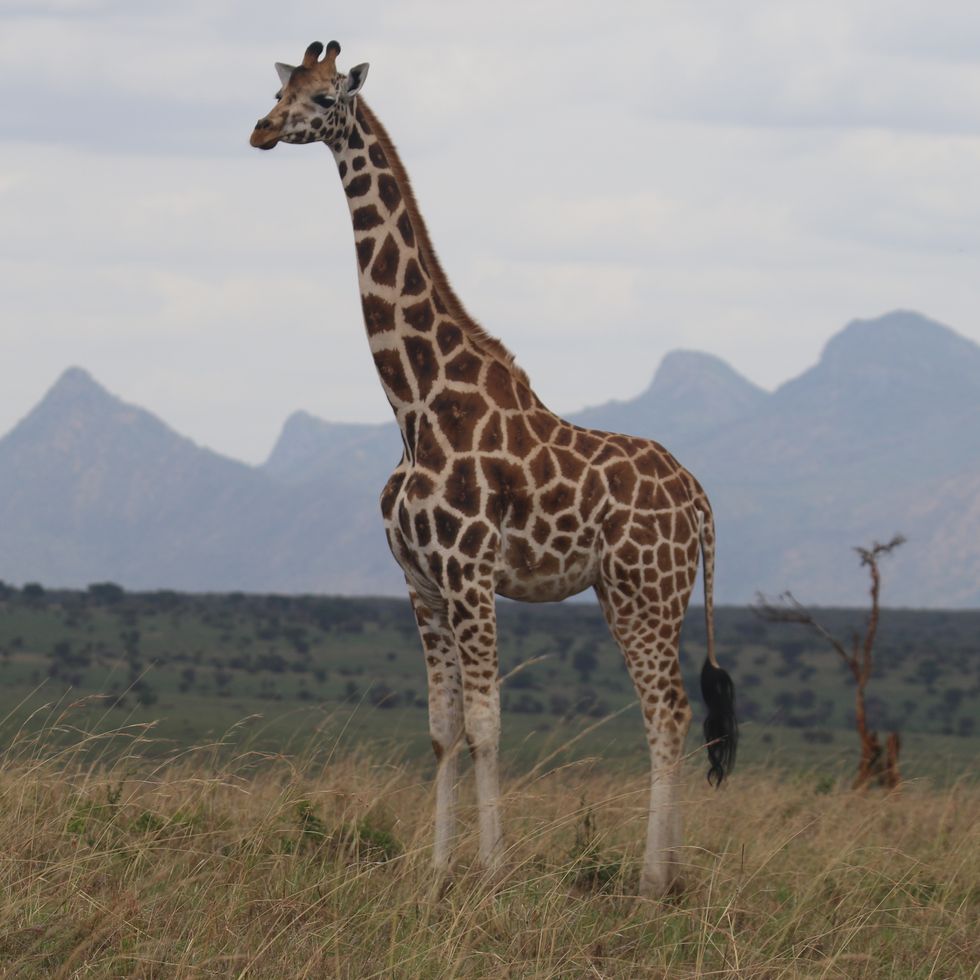
The four species are: Northern giraffe, with the subspecies West African giraffe, Kordofan giraffe and Nubian giraffe; the Reticulated giraffe; the Masai giraffe, with the subspecies Masai giraffe and Luangwa/Thornicroft’s giraffe; and the Southern giraffe, with the subspecies South African giraffe and Angolan giraffe.
Top 100
The Conversation (0)




